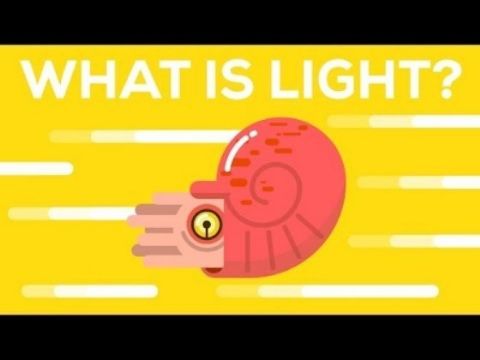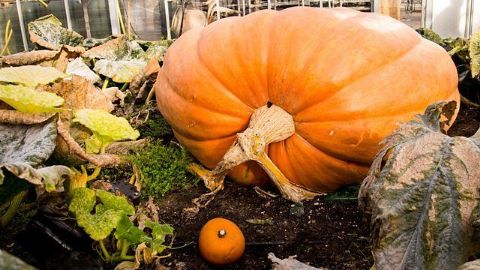You might also like
On May 16, 2011, Professor of Physics Emeritus Walter Lewin returned to MIT lecture hall 26-100 for a physics talk and book signing, complete with some of his most famous physics demonstrations to celebrate the publication of his new book For The Love Of Physics: From the End of the Rainbow to the Edge of Time - A Journey Through the Wonders of Physics, written with Warren Goldstein.
2014 • Physics
Just outside Paris, inside a hi-tech vault, and encased in three vacuum-sealed bell jars, rests a small metallic cylinder about the diameter of a golf ball. It may not look like much, but it is one of the most important objects on the planet. It affects nearly every aspect of our lives including the food we eat, the cars we drive, even the medicines we take. It is the kilogramme, the base unit of mass in the International System of Units. This small hunk of metal is the object against which all others are measured. Yet over time, its mass has mysteriously eroded by the weight of an eyelash. A change that, unbeknownst to most, unleashed a crisis with potentially dire consequences. Follows the ensuing high-stakes, two-year race to redefine the weight of the world, and tells the story of one of the most important objects on the planet.
2021 • Physics
We are so used to some things that we stopped wondering about them. Like light. What is light? Some kind of wavy thing, right? Kind of.
In a Nutshell • 2015 • Physics
When we look at the sky, we have a flat, two-dimensional view. So how do astronomers figure the distances of stars and galaxies from Earth? Yuan-Sen Ting shows us how trigonometric parallaxes, standard candles and more help us determine the distance of objects several billion light years away from Earth.
Hannah starts her journey by asking whether everything could be bigger, finding out what life would be like on a bigger planet. As the Earth grows to outlandish proportions, gravity is the biggest challenge, and lying down becomes the new standing up. Flying in a Typhoon fighter jet with RAF flight lieutenant Mark Long, the programme discovers how higher G-force affects the human body, and how people could adapt to a high G-force world. But by the time Earth gets to the size of Jupiter, it's all over, as the moon would impact the planet and end life as we know it. Next, Hannah tries to make living things bigger. The programme examines the gigantopithecus, the biggest ape to ever exist, creates a dog the size of a dinosaur and meets Sultan Kosen, the world's tallest man. Humans are then super-sized with the help of Professor Dean Falk to see what a human body would look like if we were 15m tall. The sun gets expanded, and Professor Volker Bromm looks back in time to find the largest stars that ever existed, before the sun explodes in perhaps the biggest explosion since the big bang.
S1E1 • Size Matters with Hannah Fry • 2018 • Physics
James May rapidly and easily explains all you need to know about speed.
S2E4 • James May's Things You Need to Know • 2012 • Physics





